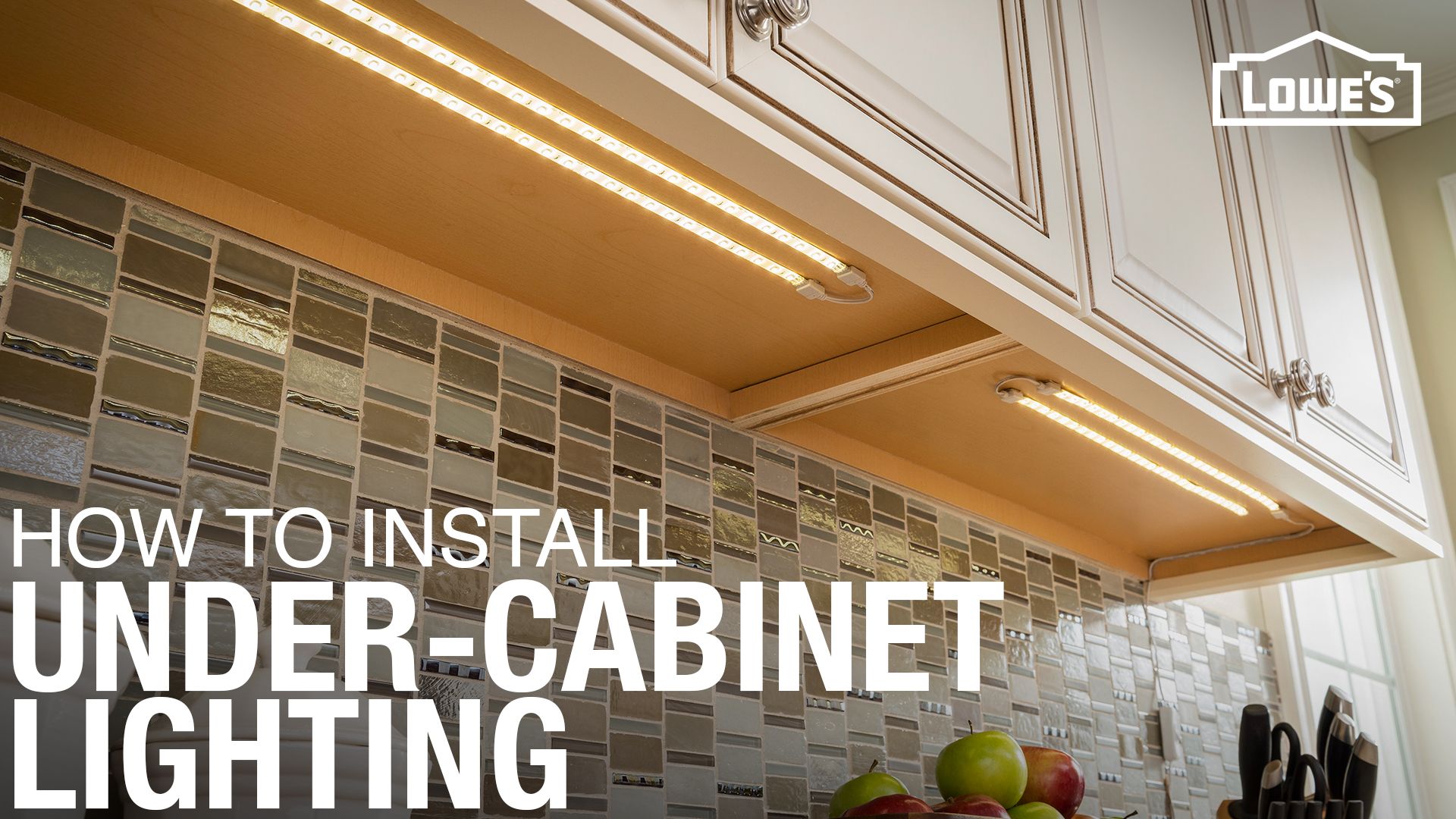Replacing the Puck Light Bulb: How To Replace Under Cabinet Puck Light Bulbs

Replacing under-cabinet puck lights is a straightforward task that can significantly brighten your kitchen or workspace. However, safety and proper technique are crucial to avoid injury or damage to the fixture. This section details the process, offering solutions for tricky situations and highlighting the importance of using the correct bulb.
How to replace under cabinet puck light bulbs – Before beginning any work with electrical components, always ensure the power to the fixture is switched off at the circuit breaker. This is the most important safety precaution to prevent electric shock.
Step-by-Step Bulb Replacement, How to replace under cabinet puck light bulbs
The following steps Artikel the process of replacing a puck light bulb. Remember to always prioritize safety by turning off the power at the breaker before starting.
- Turn off the power: Locate the circuit breaker controlling the under-cabinet lighting and switch it to the “off” position. This prevents electrical shock.
- Remove the existing bulb: Gently twist the old bulb counter-clockwise to unscrew it from the socket. If it’s stuck, try using a rubber-gripped tool for better traction, avoiding excessive force that could damage the socket.
- Inspect the socket: Carefully examine the socket for any damage, loose wires, or debris. If any issues are found, consult a qualified electrician before proceeding.
- Install the new bulb: Carefully insert the new bulb into the socket, ensuring it’s properly aligned. Gently twist the new bulb clockwise until it’s securely fastened.
- Turn the power back on: Once the new bulb is installed, switch the circuit breaker back to the “on” position. Test the light to ensure it’s functioning correctly.
Accessing Difficult-to-Reach Puck Lights
Some under-cabinet puck lights are located in tight or awkward spaces, making access challenging. Here are a few techniques to help.
- Use a magnetic retrieval tool: A small, flexible magnetic retrieval tool can be invaluable for reaching bulbs in hard-to-access areas. The magnet can grab the bulb and allow you to pull it out.
- Employ a long-handled screwdriver: If the bulb is slightly recessed, a long-handled screwdriver can provide the necessary leverage to unscrew the bulb.
- Remove the cabinet face (if possible): In some cases, removing the cabinet face or door might provide easier access to the fixture. This should only be done if you’re comfortable with the process and understand how to reassemble the cabinet.
Importance of Using the Correct Wattage Bulb
Using the incorrect wattage bulb can lead to overheating, fire hazards, and premature fixture failure. Always check the fixture’s label for the maximum wattage rating. Exceeding this rating can cause significant damage.
- Overheating: A bulb with a higher wattage than the fixture’s rating generates excessive heat, potentially melting the fixture’s plastic components or even starting a fire.
- Fixture Damage: Using an incorrect bulb can cause damage to the socket or internal wiring, leading to fixture failure and the need for costly repairs or replacement.
- Reduced Lifespan: While a lower wattage bulb won’t cause immediate damage, it may not provide sufficient light output and might lead to the fixture’s premature failure due to insufficient illumination.
Troubleshooting Common Problems
Despite careful attention, some issues may arise during bulb replacement. This section provides solutions to common problems.
- Bulb won’t screw in: Ensure the bulb is the correct type and size for the fixture. If it still won’t screw in, check for obstructions in the socket. If necessary, use a clean cloth to gently remove any debris.
- Fixture is loose: If the fixture itself is loose, it may need to be tightened. Check the mounting screws and tighten them securely. If the fixture is still loose, consult a qualified electrician.
- Light doesn’t work after replacement: Double-check that the power is turned on at the circuit breaker and that the new bulb is securely installed. If the problem persists, the problem may lie with the fixture itself and require professional attention.
